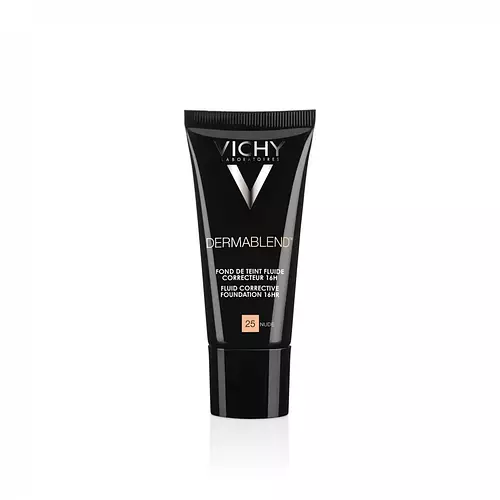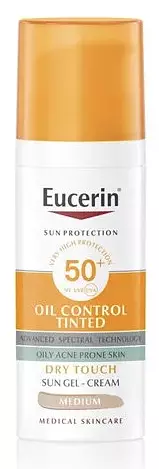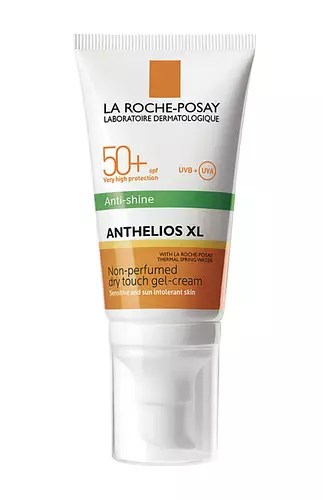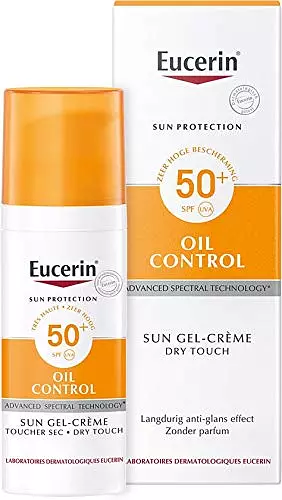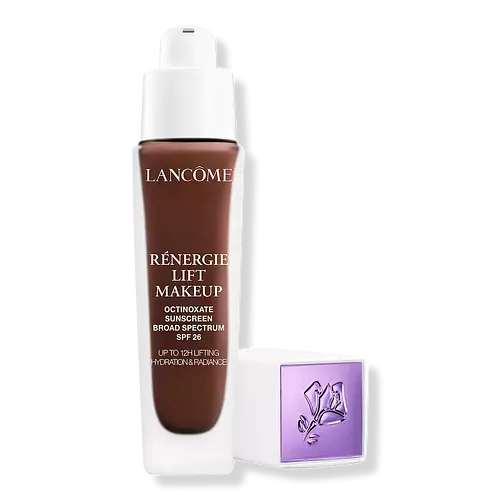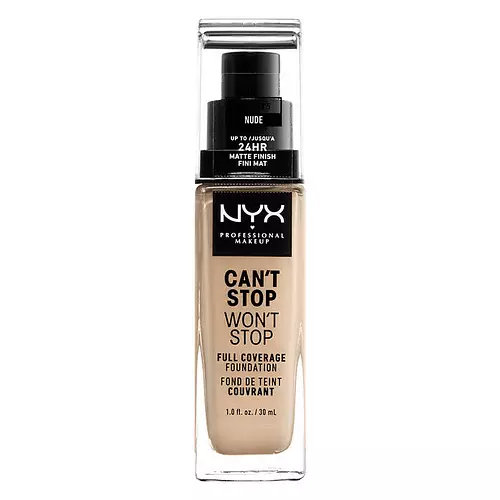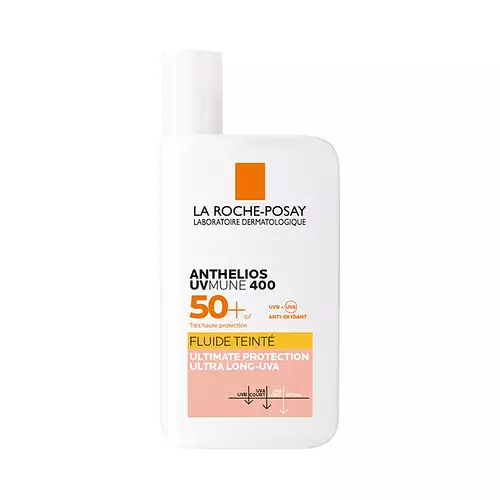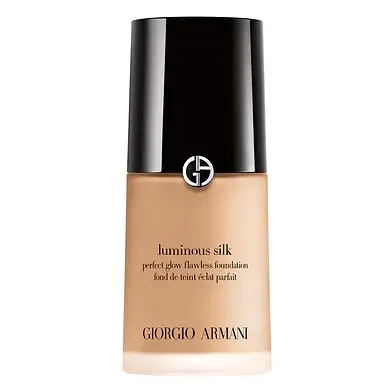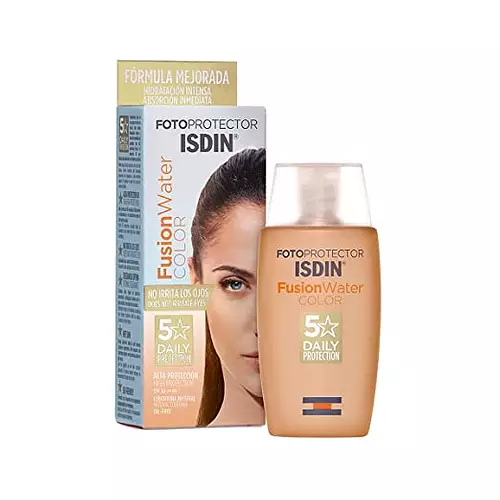Vichy Dermablend Fluid Corrective Foundation - 25 Nude Versus Eucerin Sun Face Oil Control Tinted SPF 50+ - Medium
Updated on May 29, 2024
Overview
Suited For
They're both likely to be good for dry skin and brightening skin
Free From
They both do not contain any common allergens, oils or parabens
We independently verify ingredients, and our claims are backed by peer-reviewed research. Spot a product that needs an update? Let us know.
Ingredient Info
Vichy Dermablend Fluid Corrective Foundation 20 ingredients
Eucerin Sun Face Oil Control Tinted SPF 50+ 39 ingredients
At a glance
Click on any of the items below to learn more
Vichy Dermablend Fluid Corrective Foundation 20 ingredients
Eucerin Sun Face Oil Control Tinted SPF 50+ 39 ingredients
Benefits
This product contains 1 ingredient that may have this attribute:
This product contains 1 ingredient that may have this attribute:
Notable Ingredients
This product contains 6 ingredients that may have this attribute:
This product contains 1 ingredient that may have this attribute:
Benefits
This product contains 2 ingredients that may have this attribute:
This product contains 1 ingredient that may have this attribute:
Concerns
This product contains 2 ingredients that may have this attribute:
This product contains 5 ingredients that may have this attribute:
This product contains 4 ingredients that may have this attribute:
This product contains 2 ingredients that may have this attribute:
This product contains 5 ingredients that may have this attribute:
This product contains 2 ingredients that may have this attribute:
Ingredients Side-by-side
Ingredients Explained
These ingredients are found in both products.
Ingredients higher up in an ingredient list are typically present in a larger amount.
Water. It's the most common cosmetic ingredient of all. You'll usually see it at the top of ingredient lists, meaning that it makes up the largest part of the product.
So why is it so popular? Water most often acts as a solvent - this means that it helps dissolve other ingredients into the formulation.
You'll also recognize water as that liquid we all need to stay alive. If you see this, drink a glass of water. Stay hydrated!
Learn more about WaterGlycerin is already naturally found in your skin. It helps moisturize and protect your skin.
A study from 2016 found glycerin to be more effective as a humectant than AHAs and hyaluronic acid.
As a humectant, it helps the skin stay hydrated by pulling moisture to your skin. The low molecular weight of glycerin allows it to pull moisture into the deeper layers of your skin.
Hydrated skin improves your skin barrier; Your skin barrier helps protect against irritants and bacteria.
Glycerin has also been found to have antimicrobial and antiviral properties. Due to these properties, glycerin is often used in wound and burn treatments.
In cosmetics, glycerin is usually derived from plants such as soybean or palm. However, it can also be sourced from animals, such as tallow or animal fat.
This ingredient is organic, colorless, odorless, and non-toxic.
Glycerin is the name for this ingredient in American English. British English uses Glycerol/Glycerine.
Learn more about GlycerinCi 77891 is a white pigment from Titanium dioxide. It is naturally found in minerals such as rutile and ilmenite.
It's main function is to add a white color to cosmetics. It can also be mixed with other colors to create different shades.
Ci 77891 is commonly found in sunscreens due to its ability to block UV rays.
Learn more about CI 77891Ci 77491 is also hydrated iron III oxide. It's sole purpose is to give a red/pink hue to products.
Iron III oxides are classified as inorganic chemicals for coloring.
Synthetically created Ci 77491 is considered safer than those naturally found. This is because the synthetically created version may contain less impurities. Iron oxides are generally non-toxic and non-allergenic.
Learn more about CI 77491Ingredient Ratings
Here's what our community thinks of the ingredients in these products.
When to use
Vichy Dermablend Fluid Corrective Foundation 20 ingredients
Eucerin Sun Face Oil Control Tinted SPF 50+ 39 ingredients
Reviews
Here's what our community thinks
Vichy Dermablend Fluid Corrective Foundation 20 ingredients
Eucerin Sun Face Oil Control Tinted SPF 50+ 39 ingredients
Sara
The original version without the tint has been my go-to sunscreen for many years, and I really love it as it doesn't leave a white cast at all and...
The original version without the tint has been my go-to sunscreen for many years, and I really love it as it doesn't leave a white cast at all and it works great with my acne prone skin.
This product is pretty much the same in terms of texture and performance, although the tint doesn't work amazing. During the first hour it has a good coverage that blurs out most of my dark spots, but after that, the tint starts to patch.I understand that my very oily skin might be the cause of the problem, but still, this shouldn't happen as the product is specifically marketed towards oily/acne-prone people.
And about the shades: There aren't really many options, just Medium and Light, both with strong orange undertones. Even the Light one feels dark on my skin, which has like a warm fair tone in winter but I'm not super pale. So I was really disappointed, and I cannot even imagine people with darker skin tones, who literally don't have the option.
